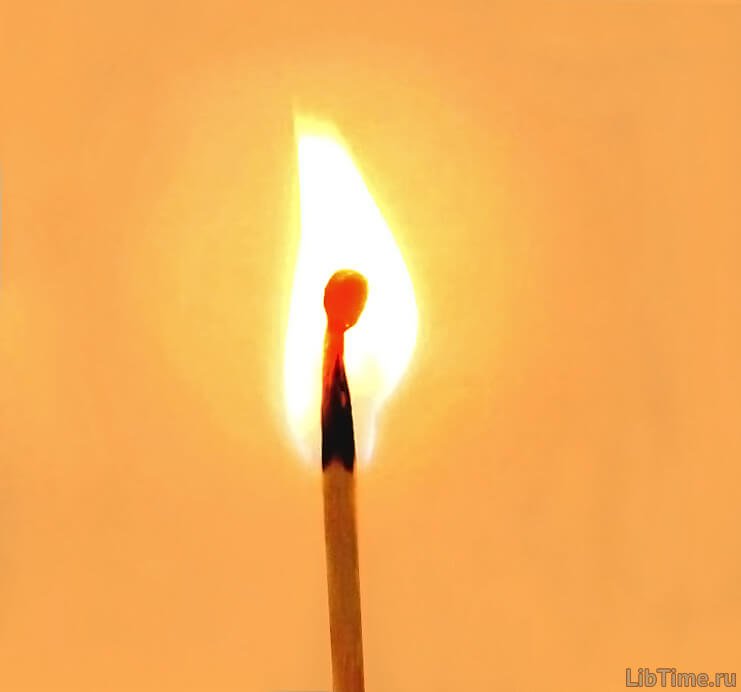Bimetallic temperature transmitters
Temperature measurement by thermoelectric transducers (thermocouples) is based on the thermoelectric effect, which is based on the fact that in a closed electrical circuit consisting of two or more dissimilar metals (Figure 1), an electric current occurs if the junctions of these conductors have different temperatures.
The connection that has a temperature of t is called the working (hot) connection, and the connection that has a constant temperature,to, is called the free end of the thermoelectric thermometer. Conductors A and B are called thermoelectrodes. 
The thermoelectric effect is explained by the presence of free electrons in the metals of the electrodes, the number of which is different for different metals per unit volume. Suppose that in the connection of two thermocouples at temperature t, electrons from metal A diffuse into metal B in greater numbers than in the opposite direction, so metal A is positively charged and metal B is negatively charged.
The electric field that occurs at the junction (soldering) of the two metals prevents this diffusion, and then, under the influence of a steady electric field, a state of moving dynamic equilibrium will occur. In this state, a potential difference arises between conductors A and B, the value of which is proportional to the temperature of the connected electrodes.
This potential difference is called the contact thermoelectromotive force (CEF) of the thermocouple. However, in a simple thermoelectric circuit consisting of conductors A and B, thermoelectric emf occurs in both junctions. The total thermoelectric resistance of a closed circuit of two conductors A and B, whose junctions have different temperatures, is equal to EAV(t; to) = eAV(t) - eAV(to).
Thus, the thermocouple's JERC does not depend on the number of conductors connected in series, but only on the temperature difference between the working and cold junctions of the thermoelectric thermometer's conductors.
If the temperature of the free ends is 0°C, the measured temperature is determined directly from the calibration table of the corresponding thermoelectric thermometer.
In accordance with national standards, the most widely used thermoelectric transducers are standard thermoelectric transducers (Table 1), whose thermoelectrodes are made of both pure materials and alloys.
Table 1 - Basic data of thermoelectric converters
| Electrode materials | Designation of the calibration characteristic | Lower measuring limit, °С | Upper measuring limit, °С | TERC at 100 °C, tV |
| Platinum (10% radium) - platinum | S(PR) | 0 | 1300 | 0,64 |
| Platinum (30% radium) - platinum (6% radium) | B(PR) | 300 | 1600 | 0 |
| Chromel-Aluminum | K(HA) | -200 | 1000 | 4,10 |
| Chromel-copper | XK | -200 | 600 | 6,95 |
| Tungsten (5% Ke), tungsten-rich (20% Re) | BP-5/20 | 0 | 2300 | - |


